The rut gets all the glory. And I don’t know why. It isn’t the best time to hunt whitetails. At least, not for the hunter who prepares, scouts, and patterns deer. For those hunters, it’s actually the worst time to be in a tree. To confirm, we asked hunting TV show hosts to tell us their favorite phase of deer season. The rut received the fewest votes. Here were the top three responses instead.
No. 1 Pick: Early Season
The Window: September 1 to October 20
The first weeks of deer season. That’s the favorite whitetail window for professional hunters. Bone Collector’s Nick Mundt is among them.
“Hunting early season bucks has always been one of my favorites,” Mundt said. “It seems early season can be one of the best times to target an old, mature buck in velvet. At this time of year, bucks are visible and very patternable on food sources. Long-range scouting can tell you exactly where bucks live and where they enter and exit the food.”
Specific sources and preferences vary by location. But one thing remains constant — whitetails are concentrate selectors. They consume the most nutrient-rich and palatable foods available to them. Scout to determine what these are in your area, and you’ll oftentimes find a mess of deer. This time of year, that’s where you’ll find the gang, too.
“Bachelor groups are very common, and they will typically be very visible during good shooting light in the mornings and evenings,” Mundt said. “This time of year, alfalfa, clover, and soybeans are usually the only green foods available. Most other grasses are dry and brown by this time and it becomes a magnet for bucks fattening up for winter. Tread lightly, though. Don’t take chances on wind and sneak in and out of your location in total darkness to not alter bucks’ patterns.”
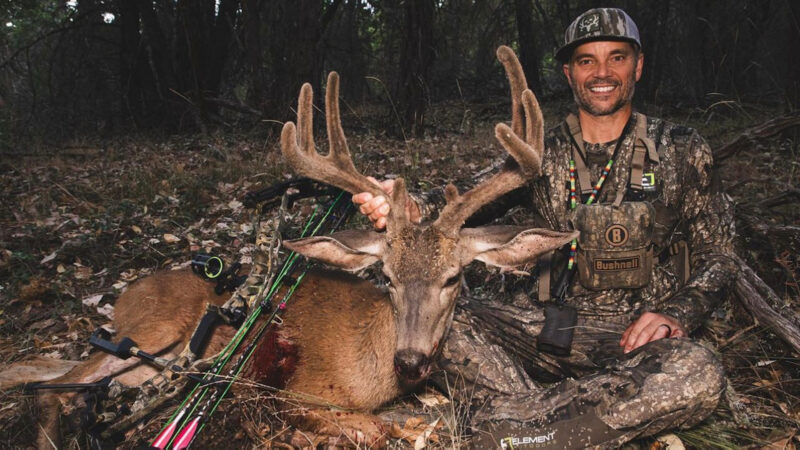
Choosing good entry and exit routes takes careful analysis of the terrain and how deer use it. Use drainages, ditches, creeks, standing corn, walls of cover and other shielding objects to visually conceal your approach and retreat. Keep the wind in your favor while traveling to and from stands, too. When possible, reduce ground scent by walking through shallow creek beds. Everything you can do to minimize pressure is worth the effort. That also includes pre- and in-season scouting efforts, too.
Buckventures’ Jeff Danker stresses this as much as anyone.
“After I collect trail camera inventory, I stay away from the farm and let deer feel comfortable,” Danker said. “I start glassing from the roads or certain areas of the farm that do not add any pressure to deer.”
While much of the scouting occurs closer to food sources, feeding habits aren’t the only piece of the equation. Analyze bedding habits, too.
“I can locate bachelor groups coming into beans, milo or alfalfa and get an idea of where the deer are bedding,” Danker said. “I carefully observe how they get to the destination fields. Observe during morning hours to watch as they head back to bed.”
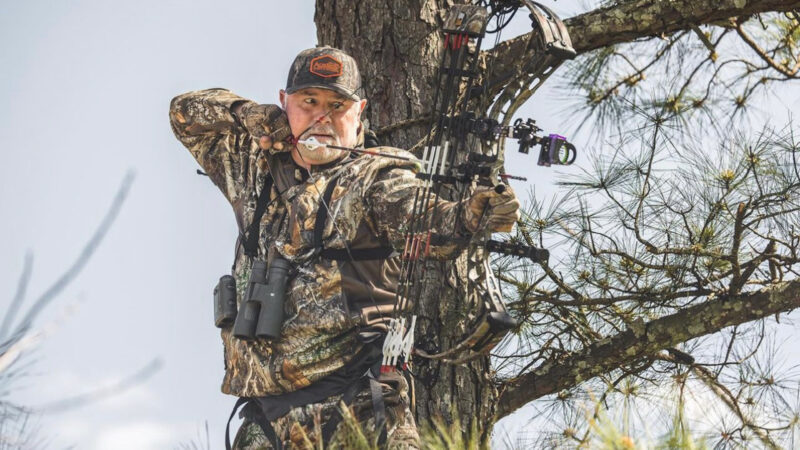
Be careful if you plant to creep in tight to their beds, though. Bucks are notorious for using advantageous terrain for their daytime hideouts. It’s also common for bucks to bed close to water sources — even small ones — so they have safe, easy access to H2O during daylight. Still, other bedding habits to consider include bucks facing downwind, watching their backtrail and using objects to conceal their profile while bedded.
All things considered, carefully compile as much pre-season information as you can, drill down on bed-to-feed patterns, and pick your stand locations accordingly. If stands aren’t already in place, wait until opening day and pack in a lightweight stand and sticks — or even a climber — and pull off the ultimate surprise attack on that monster buck you’ve been watching all summer.
No. 2 Pick: Pre-Rut
The Window: October 21 to November 2
This is the second phase of deer season and the second favorite among polled hunters. By this time, deer are still on patterns (albeit different patterns than observed during the early season). Plus, now a little testosterone has worked its way into the mix. Those two things can be a deadly combo for hunters who know how to take advantage of them. And that’s exactly why Heartland Bowhunter’s Shawn Luchtel prefers the pre-rut.
“My favorite time period to hunt is the pre-rut,” Luchtel said. “The anticipation of the rut is at an all-time high. The bucks are beginning to make their rounds, hit scrapes, and look for that first doe to come in heat. They can be patternable on scrape lines and are susceptible to showing up in daylight based on weather patterns. If you can get a high-pressure system following a cold front, you better be in the stand. It won’t be long after this period when mature bucks become less predictable and sometimes harder to kill because does start coming into heat.”
Other key times to be on stand include minor weather events, after significant temperature swings, when the moon is overhead/underfoot, and when deer have the wind somewhat in their advantage (but not enough so that they get your wind).
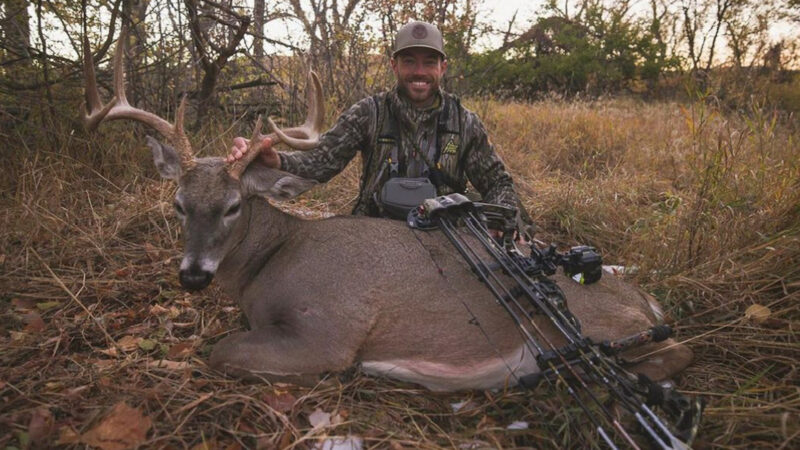
Another key time to go? When you have time off work. And Canada in the Rough’s Keith Beasley suggest you save those sick days for late October to early November.
“The best five days to be in the woods are October 28 to November 2,” Beasley said. “I would call that [peak] pre-rut.”
He also likes to use aggressive tactics during this period “By late October, the pre-rut feelings and emotions have kicked in,” Beasley said. “They fully understand that breeding season is close and start making rubs and scrapes in their small core areas but begin searching for bedding areas and groups of does outside of it. The best part? Does are not ready for them and the tending phase is still a week or two away.
Therefore, these bucks start to compete with each other, spar and show dominance. They will be on their feet far more as testosterone continues to build. We also pull out all the aggressive tactics and use doe bleats, buck grunts, tending grunts and use rattling horns to fake a fight. The combination of all these tactics seems to fall right in line with this timeframe.”
Like a longbeard in spring, it isn’t uncommon for bucks to hang up out of range when you call, though. Add realism to your calling sequence when possible.
“Carry an apple or potato in your pocket for when bucks hold up 70-80 yards out,” Beasley said. “Throwing the apple or potato out the back of your treestand discreetly gives the extra sounds and rustling in the leaves they oftentimes need to hear in order to close the distance.”
To sum it up, deer are susceptible during the pre-rut, but not all-out stupid like they oftentimes are during the peak of the breeding season. You still must hunt smart. But with a little thoughtfulness, you can tag a pre-rut giant.
No. 3 Pick: Late Season
The Window: December 1 to January 31
Based on the poll results, we bypassed the rut and went straight to the late season. Carl Drake, co-host of The Break, hunts all season long, but relishes the late season.
“My favorite time of the year is from December to January,” Drake said. “The big mature bucks that made it through the rut and gun season come out of their holes to fatten back up for the winter. I put several trail cameras on standing food sources to start patterning these deer just like I did in early season. These deer are hungry, tired, and beaten up from the rut. Mature bucks sometimes let their guard down during this period. But be prepared for brutally cold weather and snow. These elements can be extreme but produce some of the best deer movement and help make deer easier to pattern.”
The hardest part about the late season? Finding where the bucks are. Begin in areas that received less hunting pressure. That’s where the smartest deer will be. Also, find the best food sources in the area, but don’t expect deer to hit the food during daylight unless severe weather conditions force them to.
Crop fields with waste grain are good. But don’t overlook native food sources, too. Deer survived long before beans and corn arrived in North America. Find remnants of forbs, mast, and browse (saplings, buds branches, etc.) and you’ll locate late-season whitetails.
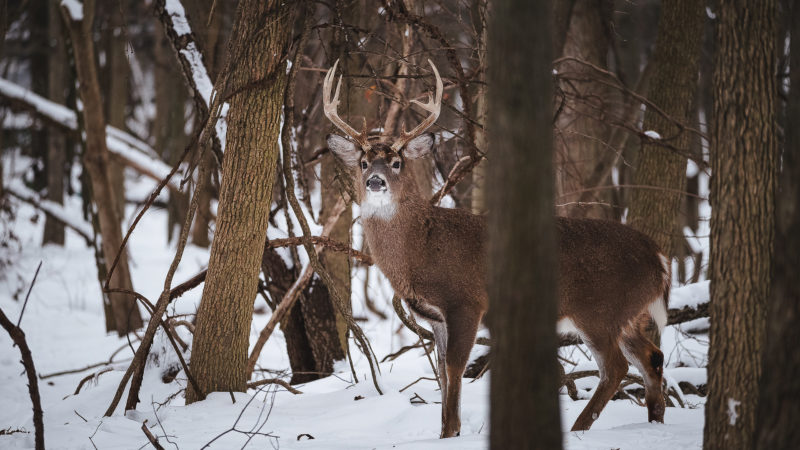
Places to find late-season monsters include unpressured pockets of security cover, near major (and minor) food sources, close to open water sources, and areas that offer highly advantageous bedding cover (swamps, ridges, oxbows, etc.). Focus on both solar and thermal bedding areas. Thermal bedding areas offer thick cover — such as cedars and early successional habitat — that hold more heat. Solar bedding areas are South- and East-facing slopes that receive more sunlight. The best wintertime bedding offers both types in the same location.
Once you find where the deer are and where you need to be, don’t rush in too fast. There’s little cover this time of year and bucks like to pick beds that allow them to scope things out from a distance. Choose entry routes and stand locations that won’t give you away to bedded deer.
Conclusion
Even though I prefer the early season over the rut, I was still surprised to see it fall outside the top three. But it isn’t completely shocking. There’s a common thread among the top responses — predictability. Bucks aren’t as patternable during the rut. But they are during the early season, pre-rut, and late season. That’s why most pro hunters choose those periods over the rut. And it’s why you should consider putting more stock in phases of the season that aren’t filled with rutting bucks.

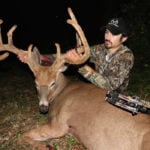 By
By 



